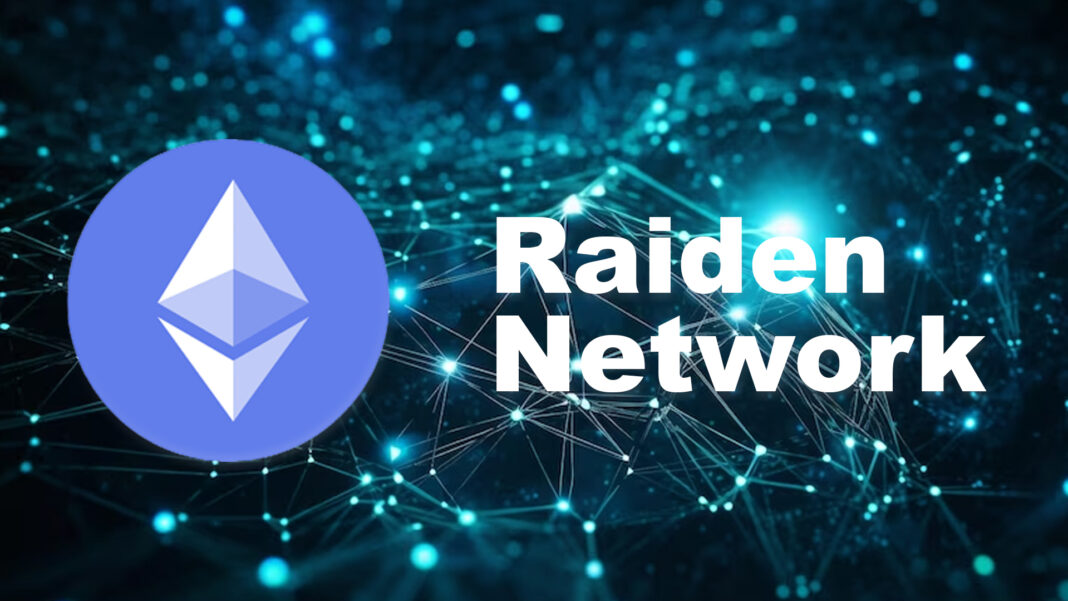- The Raiden Network is a scalability solution for Ethereum by providing off-chain transactions.
- It offers off-chain payment channels between two parties to conduct instant and low fees transactions.
Soon after the launch of Ethereum, users started experiencing its limitations, which were reflected in the form of network congestion, high gas fees, and long processing times. Although the network boasts of its security and decentralized application, it shies away in a corner when talking about scalability. The main reason could be the unexpected users who access the Ethereum network for transactions for its more than a thousand dApps and DeFi applications.
Seeing the potential of the network and the lack of security in other alternative networks, several developers started working on developing scalability solutions for Ethereum. The most common were layer 2, which was facilitated by lifting transactions off the main chain and processing them off the chain to reduce network congestion. One such solution is the Raiden network and let’s look at what makes it different from others.
The Raiden Network
The layer 2 scalability solution can be considered similar to the lightning network for Bitcoin, with Raiden developing to be compatible with all the ERC-20 tokens. Raiden networks work by creating payment channels between parties that are bidirectional and off-chain in nature.
First, the parties need to deposit some tokens on the main Ethereum chain. This on-chain deposit becomes the collateral to facilitate transactions via the payment channel, which can support unlimited of them, provided the balance remains under the collateralized amount.
As these channels are created between just two parties and creating each still involves the main chain, it is not possible to open multiple channels between multiple users. Thus, the Raiden network allows any two parties, not connected directly, to still transfer funds if somehow they are connected indirectly in the Raiden network.
The payment channel has a definite lifecycle and to prevent the issue of double spending, the users must first lock their tokens in a smart contract. Now, after the channel is created, the participants can engage themselves in multiple transactions being done back and forth, which may at times also involve the rebalancing of the channel.
A balance proof, digitally signed by parties, contains all the sums of transfers within the channel and a copy is provided to both participants. If any party decides to close the channel and withdraw their money, which can be done anytime, they can provide a copy of the balance proof to the smart contract. The other party can provide theirs too, and upon receiving them, the smart contract will distribute the tokens accordingly.
The Ethereum network charges a gas fee for any transaction, which depends on the current status of the network. It is irrespective of the amount to be transferred, which makes only large to medium transactions optimal. Raiden, however, charges no gas fees for facilitating transactions, which makes it best suited for micropayments.
The time to process on-chain transactions mainly depends on block time and the picking up of your transaction from the pending pool by the miners. In the Raiden network, however, the transaction can be confirmed in an instant, similar to sending messages. Moreover, despite the increasing user base, most networks have a fixed capacity, which causes a serious issue of scalability. The capacity of the Raiden network is designed to increase linearly with the number of users, producing a truly scalable and decentralized network.
Conclusion
As any user will be maintaining several payment channels at any time, it is not possible to deposit large amounts in smart contracts. Thus, although efficient, the network is best for transferring low amounts and large amounts should still be done on-chain. Ethereum has seen multiple use cases in recent years owing to its unique features and it is bound to grow in the future. Such a scalability solution can facilitate it by reducing network congestion and improving its scalability.


